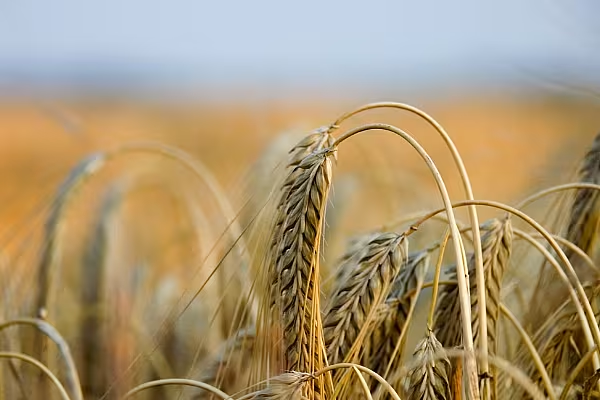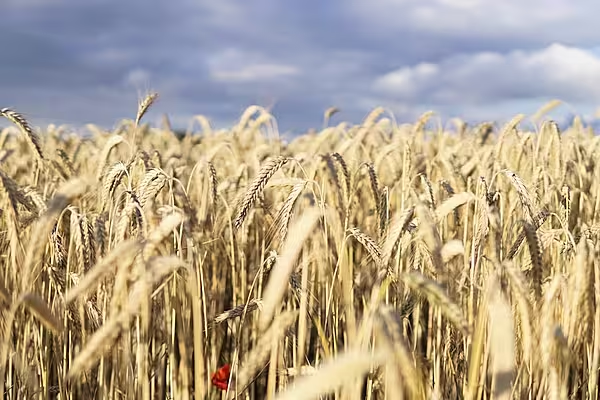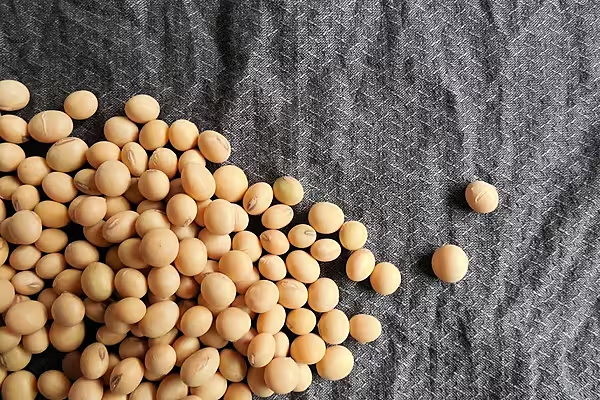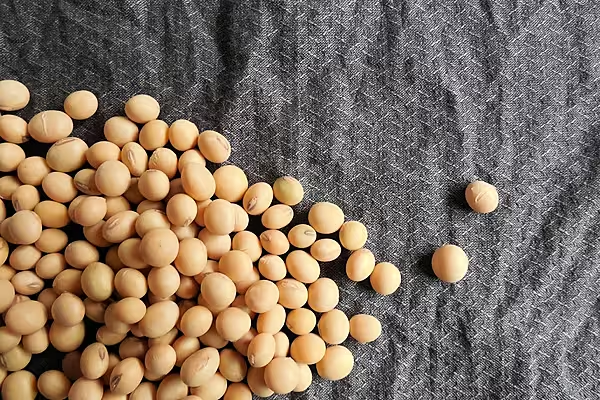Canada's wheat and canola harvests turned out smaller than expected due to dry conditions in parts of the Prairies, but were still bigger than last year's, a government report showed.
War in Ukraine has tightened global supplies of wheat and vegetable oil, of which Canada is a major producer. Dry conditions in Argentina have further inflamed food security concerns.
Canada, however, produced its third-biggest wheat crop ever, bouncing back from last year's severe drought.
Statistics Canada estimated all-wheat production at 33.8 million tonnes, down from its September estimate of 34.7 million but still 52% higher than last year.
The estimate came in 1 million tonnes lower than the average industry expectation of 34.8 million tonnes.
StatsCan conducted a November farmer survey to produce its estimates, but used satellite images for the September report.
"StatsCan is recognising poorer moisture conditions, that late-season drought that affected southern Saskatchewan and southern Alberta," said Ed Broschinski, MarketSense commodity analyst. "That late heat really fooled the satellites."
Wheat, Canola Output
Spring wheat production amounted to 25.7 million tonnes, down from the September estimate of 26.1 million. Output of durum, the wheat used to make pasta, was 5.4 million tonnes, down from StatsCan's previous estimate of 6.1 million.
Given big wheat supplies from Russia and Australia, Canada's wheat crop downgrade may be only mildly supportive for prices, Broschinski said.
The canola crop revision looks more bullish, given North American demand for oilseeds to produce biodiesel, he said.
Farmers produced 18.2 million tonnes of canola, down from StatsCan's previous estimate of 19.1 million tonnes, but up 32% from last year. The average trade guess was 19.2 million tonnes.
ICE January canola futures extended their gains modestly after the report, rising 0.5%.
Oat production jumped 86% over last year to 5.2 million tonnes, representing about a 500,000-tonne increase over StatsCan's September estimate.
News by Reuters, edited by ESM – your source for the latest supply chain news. Click subscribe to sign up to ESM: European Supermarket Magazine.











